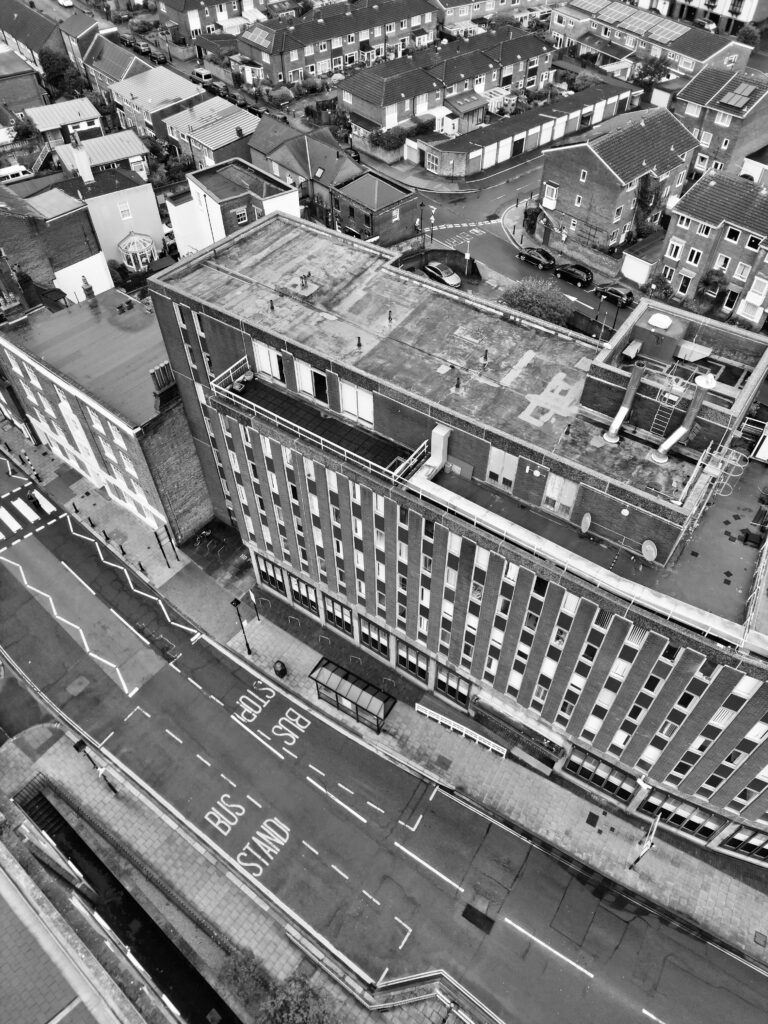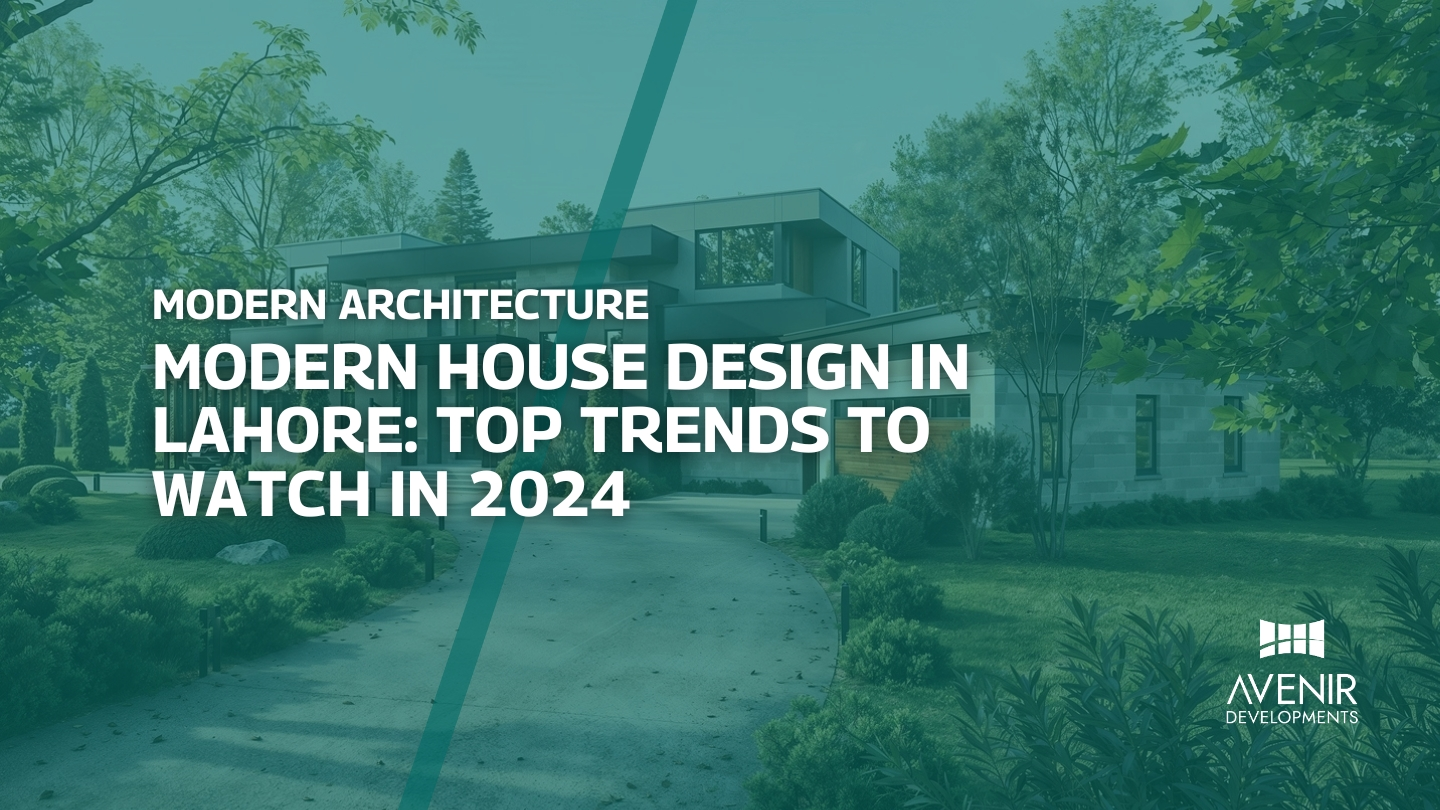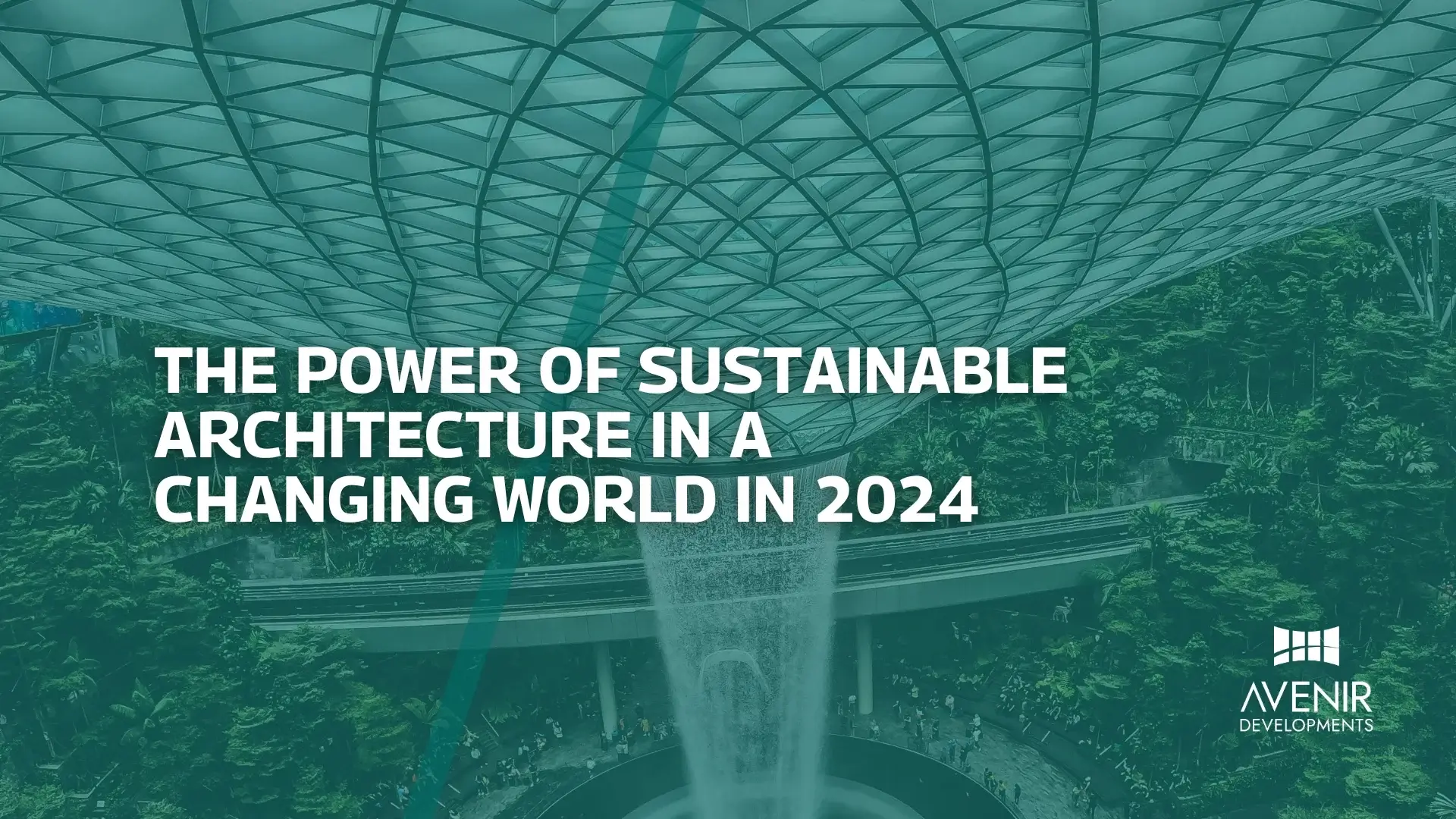Understanding High-Density Living
High-density living is a term that has gained significant traction in urban planning circles worldwide. Essentially, it refers to the design and development of residential areas that accommodate a large number of people within a relatively small geographical space. This is achieved by constructing multi-story buildings, such as high-rise apartments, townhouses, and mixed-use complexes.
The concept of high-density living is not entirely new. Historically, cities have evolved as centers of commerce, culture, and population. However, the rapid urbanization of recent decades has intensified the need for innovative housing solutions. As cities grapple with challenges like overcrowding, traffic congestion, and environmental degradation, high-density living emerges as a potential answer.
In the context of Pakistan, with its burgeoning urban population and limited land resources, high-density living presents both opportunities and challenges. By optimizing land use and providing a range of housing options, it can contribute to sustainable urban development. However, it is crucial to implement this concept carefully, considering factors such as infrastructure, affordability, and quality of life.

The Evolution of High-Density Living in Pakistan
Pakistan, like many developing nations, is experiencing rapid urbanization. This surge in urban population has placed immense pressure on existing infrastructure and resources. Consequently, the concept of high-density living has emerged as a potential solution to address the challenges of urban growth.
Historically, Pakistan’s urban landscape was characterized by low-rise buildings and sprawling residential areas. However, the changing demographics and economic landscape have necessitated a shift towards denser urban development. Cities like Karachi, Lahore, and Islamabad have witnessed a gradual increase in high-rise buildings, particularly in recent years.
The government of Pakistan has recognized the potential of high-density living and has taken steps to encourage its development. Policies and regulations have been introduced to facilitate the construction of high-rise buildings and mixed-use developments. Moreover, the private sector has also shown increasing interest in investing in high-density projects, driven by the growing demand for urban housing.

Despite these positive developments, Pakistan still faces significant challenges in implementing high-density living successfully. Issues such as infrastructure limitations, lack of proper planning, and social resistance to high-rise living persist. Addressing these challenges requires a comprehensive approach that involves collaboration between the government, private sector, and civil society.
Frequently Asked Questions About High-Density Living
Q: What are the benefits of high-density living?
High-density living offers several advantages, including:
- Efficient land use: Maximizes the use of available land, reducing urban sprawl.
- Reduced environmental impact: Lessens the need for personal transportation, leading to lower carbon emissions.
- Improved infrastructure: Concentrated population can justify investments in public transportation, utilities, and other amenities.
- Economic growth: Creates job opportunities in construction, retail, and services sectors.
- Community building: Fosters a sense of community through shared spaces and amenities.
Q: What are the challenges of high-density living?
While high-density living has its merits, it also presents challenges:
- Overcrowding: Can lead to issues such as traffic congestion, noise pollution, and limited open spaces.
- Affordability: High-density developments often result in increased property values, making housing less affordable for low-income residents.
- Infrastructure strain: Inadequate public transportation, waste management, and other services can impact quality of life.
- Shadowing: Tall buildings can cast shadows on surrounding areas, affecting sunlight and ventilation.
Q: How can Pakistan ensure successful high-density development?
To maximize the benefits of high-density living, Pakistan needs to focus on:
- Comprehensive planning: Developing well-thought-out urban plans that consider transportation, infrastructure, and social amenities.
- Affordable housing: Implementing policies to promote the development of affordable housing options within high-density developments.
- Infrastructure improvement: Investing in public transportation, waste management, and other essential services.
- Community engagement: Involving residents in the planning and development process to address their concerns and needs.
Q: Is high-density living suitable for all?
High-density living may not be suitable for everyone. Some people prefer the privacy and space offered by low-density living. However, with careful planning and design, high-density developments can cater to a diverse range of preferences.
Q: Will high-density living lead to a decline in community spirit?
On the contrary, high-density living can foster a strong sense of community. Shared amenities, events, and proximity to neighbors can create opportunities for social interaction.
Expert Tips for Successful High-Density Living
Based on my years of experience in architecture, design, and urban development, I believe that successful high-density living hinges on a few key factors.
Prioritize Mixed-Use Development
Integrating residential, commercial, and recreational spaces within a single development can significantly enhance the quality of life for residents. This approach reduces the need for long commutes, promotes a vibrant community atmosphere, and ensures access to essential amenities.
Invest in Quality Public Spaces
High-density living should not compromise on green spaces and community amenities. Incorporating parks, plazas, and recreational facilities within developments is essential for residents’ well-being. These spaces contribute to a healthier lifestyle, foster social interaction, and enhance the overall appeal of the development.
Focus on Sustainable Design
High-density projects should prioritize sustainability. Incorporating energy-efficient technologies, renewable energy sources, and eco-friendly materials is crucial for reducing environmental impact. Additionally, prioritizing waste management and recycling initiatives can contribute to a greener future.
Prioritize Accessibility and Connectivity
Excellent transportation options are vital for high-density living. Investing in public transportation infrastructure, pedestrian-friendly walkways, and cycling lanes is essential. Additionally, ensuring easy access to essential services like healthcare, education, and retail outlets is crucial for residents’ convenience and satisfaction.
Foster a Strong Sense of Community
Creating a strong sense of community is essential for the long-term success of high-density developments. Organizing community events, providing shared amenities, and encouraging resident interaction can foster a thriving community atmosphere.
By implementing these strategies, developers and policymakers can create high-density living environments that are not only sustainable but also desirable for residents.
Cracking the Code on High-Density Living in Pakistan
High-density living represents a pivotal opportunity for Pakistan to address the challenges of rapid urbanization while creating sustainable and thriving cities. By optimizing land use, reducing environmental impact, and fostering economic growth, this approach can contribute significantly to the country’s development.
However, realizing the full potential of high-density living requires careful planning, investment in infrastructure, and a focus on community well-being. It is essential to strike a balance between maximizing population density and ensuring a high quality of life for residents.
By prioritizing mixed-use developments, investing in public spaces, embracing sustainable design, and fostering a strong sense of community, Pakistan can create vibrant and resilient urban environments.
Avenir Developments is committed to shaping the future of Pakistan’s urban landscape through innovative and sustainable high-density projects. Our team of experienced architects, designers, and builders is dedicated to creating exceptional living spaces that meet the needs of modern residents.
Contact us today to discuss your high-density development project. Let’s work together to build a better future for Pakistan.
Call us at +923001101103 or WhatsApp us for a free consultation.
Read more: Urban Expansion in Pakistan: A Blueprint for Sustainable Growth 2024






